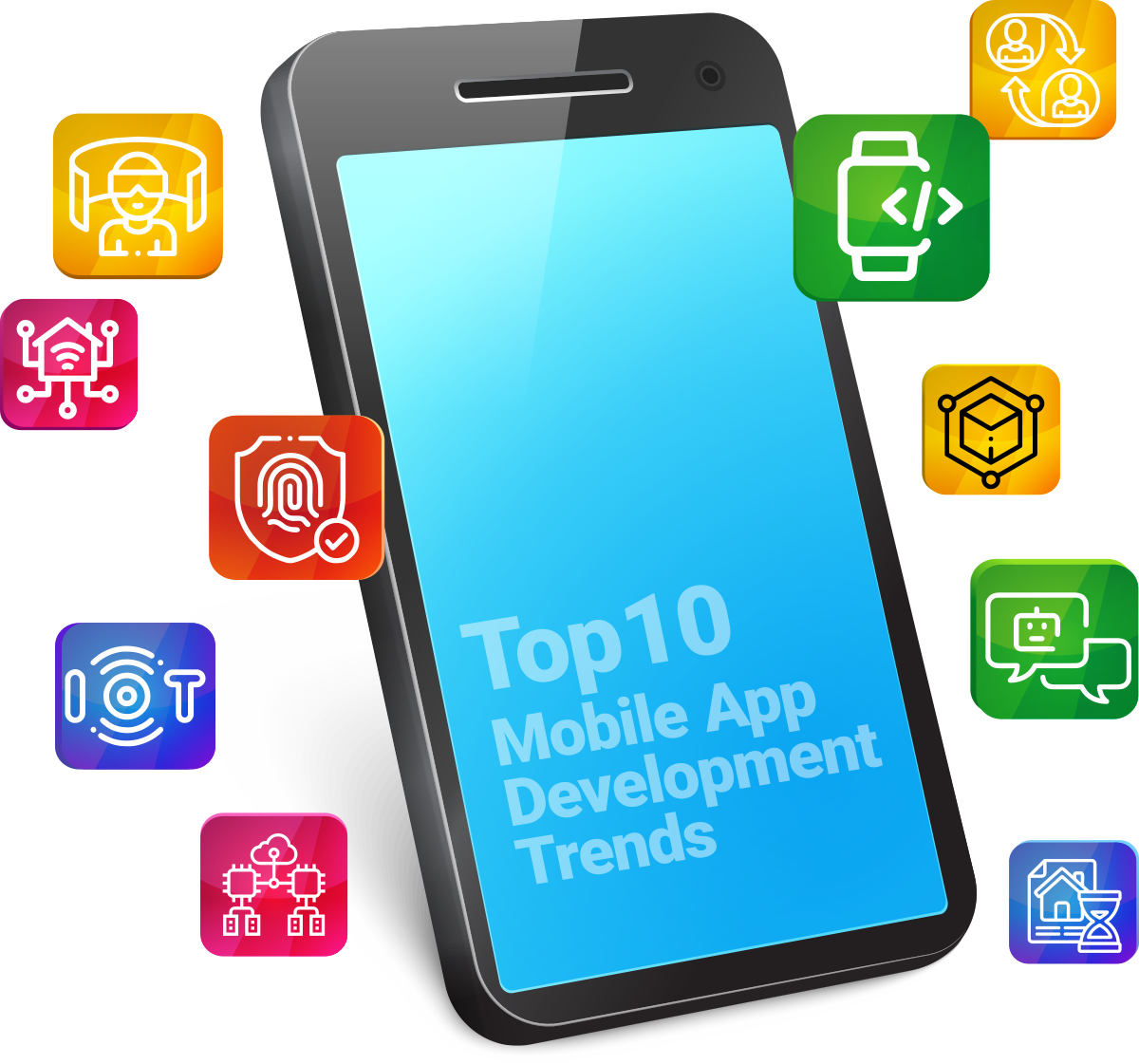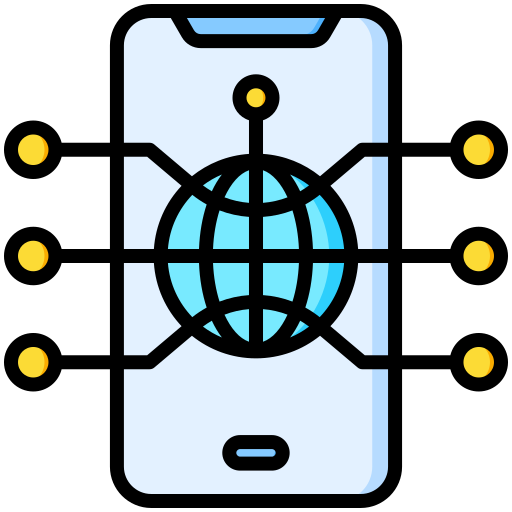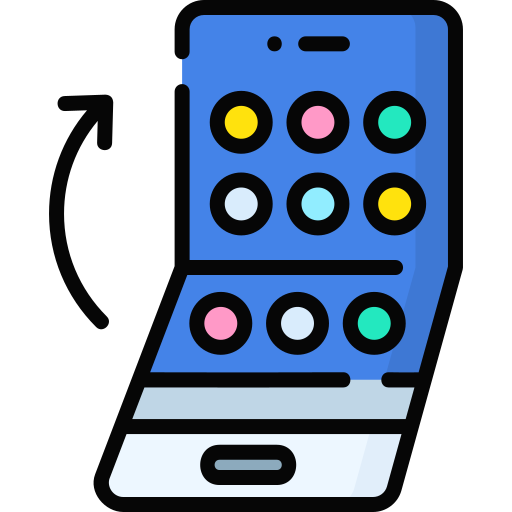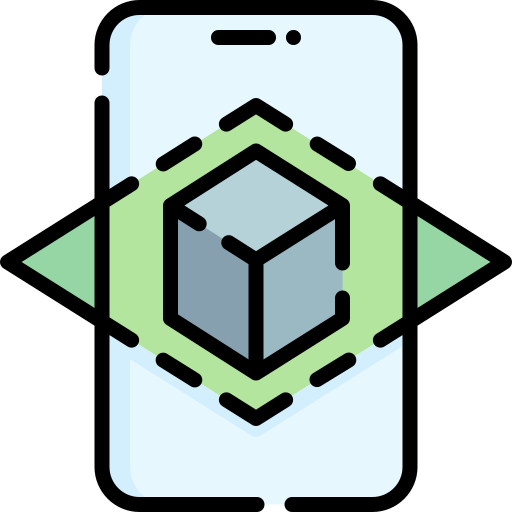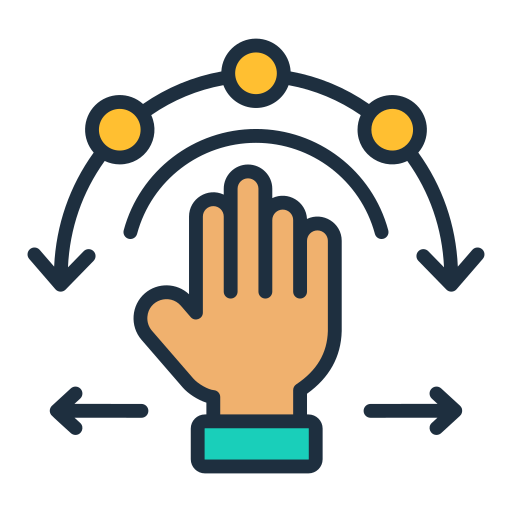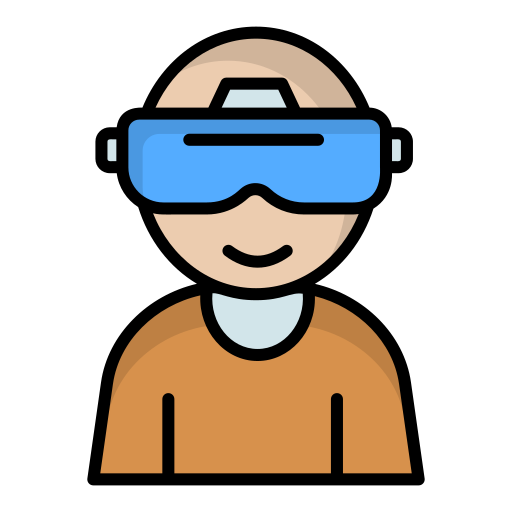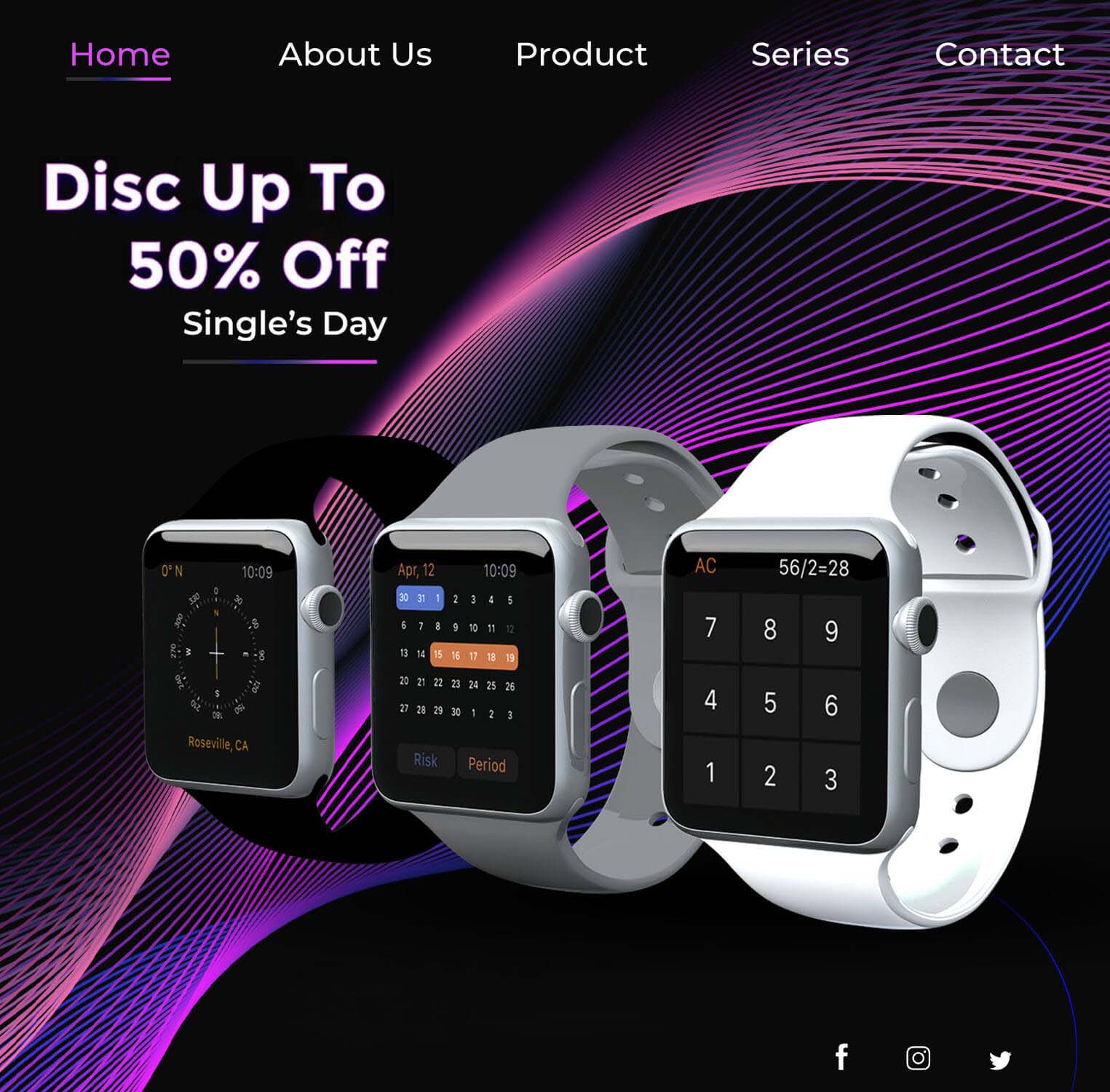Synopsis:
Mobile phones are no longer just a device; they are our partners, assistants, entertainment hubs; overall, they are part of our everyday life. The current digital world is growing more mobile-first, and businesses must stay ahead by embracing the latest mobile app development trends.
This blog post will revolve around the top 10 mobile application development trends shaping 2025 and beyond. From AI to extended reality and beacon tech, discover how FutureSoft India can help you lead with innovation-driven, custom app development.
The top mobile app development trends in 2025 focus on AI, 5G, low code platforms, and immersive technologies, helping businesses create faster, smarter, and more user-centric app experiences.
Introduction
The world has over 6.9 billion smartphone users globally. Mobile devices are more than just communication tools; they are personal hubs for entertainment, shopping, work, and social interaction.
Businesses that want to thrive must build apps that align with the latest mobile application development trends. From AI-driven chatbots to immersive extended reality (XR), the future of mobile app development is here—and it’s smarter, faster, and more intuitive than ever.
Whether you are a startup or an enterprise, understanding the top app development trends is critical to capturing and retaining today’s mobile-first audience. So, let’s delve deeper into the top 10 mobile app development trends that are redefining how digital experiences are delivered.

